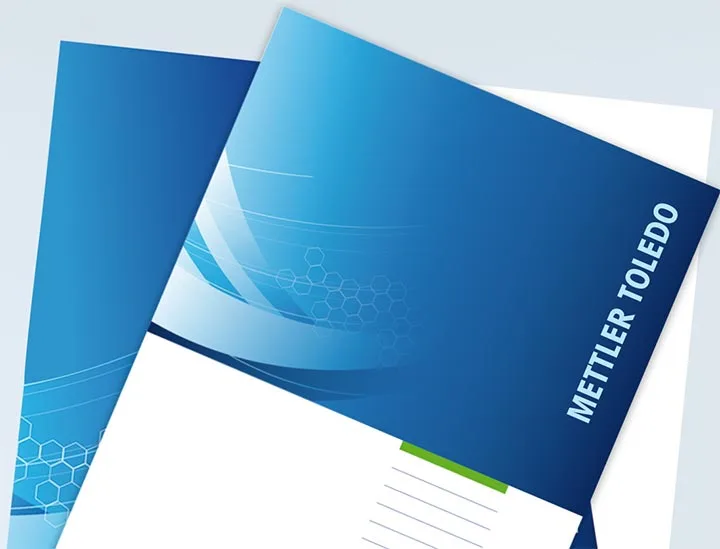 |
"EasySampler significantly facilitated sampling hydrogenation experiments and allowed monitoring over longer reaction times." Sonja Kamptmann, Novartis |
Automated sampling of hydrogenation reaction at 5 bar pressure improved product quality by enabling the study of the mechanism of formation of an undesired by-product.
Hydrogenation reactions require continued monitoring to eliminate over-hydrogenation that leads to a high level of undesired by-products and impurities. This hydrogenation reaction at Novartis required understanding of the mechanism of formation of a critical by-product. Studies included confirmation of which reaction step and parameters force its formation. The goal was to develop a process for the production of high quality product with less than 0.12 mass-% of the critical by-product.
Sampling hydrogenation reactions using traditional sampling techniques is a multi-step and timeconsuming process, making it error-prone and difficult to perform reproducibly. Reactions typically run for several hours and manual sampling leads to missing data for the 8 to 16 hour period. Also, manual sampling processes interfere with reaction progression, thus affecting reaction kinetics. These challenges require many repeat experiments to gain the information necessary for good process decisions.
The automated sampling capabilities of EasySampler overcome these sampling difficulties. A sequence was programmed to sample this 2-step hydrogenation reaction every 10 minutes, for a period before and after the expected reaction end-point. All samples were then analyzed by HPLC.
The reaction profile shown indicates that formation of the critical desalkoxy-3 by-product starts immediately after the starting material is depleted. The by-product increase at 10h19m confirms that the by-product formation is triggered by the reaction with hydrogen. To suppress the desalkoxy-3 formation the reactor was pressurized with nitrogen. Based on these results and further experiments using EasySampler's automated sampling capabilities, Novartis was able to define a stop criterion for the reaction based on the hydrogen uptake of the reaction. This stop criterion is successfully used to end the hydrogenation at the right moment, where the reaction is completed, and only low-level acceptable amounts of by-product have been formed.
By introducing automated, unattended sampling, with EasySampler, Novartis was able to take representative samples of this hydrogenation reaction for the first time. The high quality samples generated quality data to provide accurate reaction information for improved reaction understanding to develop a process to maximize product yield and quality.
